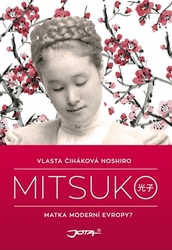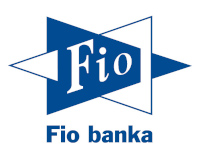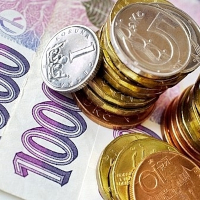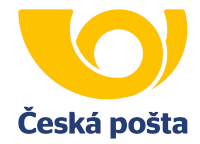Goods in action
Need help choosing,
advice on transport or payment?
Use the chat or contact form.
We will be happy to help you.
We deliver throughout the European Union.


| List Number: | 05712 |
| EAN: | 9788074627095 |
| Warranty: | |
| Manufacturer: | JOTA |
| Price excluding VAT: | 318,40 CZK (13,27 €) |
Author: Vlasta Čiháková Noshiro
Format: A5
Number of pages: 384
Binding: Hard
Mitsuko Aoyama, married at the end of the 19th century to the Austro-Hungarian diplomat Count Heinrich Coudenhove-Kalergi, was one of the first Japanese women to travel to Europe. Count Heinrich, Mitsuko's husband, 15 years older than his wife, was one of the most educated and prominent figures of the Austrian aristocracy at the turn of the 19th and 20th centuries, spoke 18 world languages and served as a diplomat in embassies around the world. At his side, Mitsuko penetrated into the environment of the imperial court and became acquainted with the blossoming of Austro-Hungarian society at the time. She became the mother of seven children, who grew up to be outstanding personalities - the most famous of them is Richard, the founder of the Pan-European peace movement, the forerunner of today's European Union.
After the untimely death of her husband, she was left alone to manage the entire estate, and her mental and physical endurance was subjected to many demanding tests. She later resided as a widow in Vienna, where her children attended higher schools and where she is buried today. However, she never managed to return to her homeland. She died in the early 1940s, and her name is now known only to a narrow circle of experts.
The fictionalized biography of Mitsuko, primarily based on the diaries of the protagonist, tells the dramatic life story of a Japanese woman and her aristocratic family and children during the difficult time around World War I in Europe. It depicts her youth when she was trained as a geisha, her meeting with Heinrich, and her decision to follow him to Europe with all the consequences. Mitsuko's moral strength lies above all in bridging the closedness of the Japanese mentality and submitting to her husband's credo of "being a good Catholic and European".
Vlasta Čiháková Noshiro has been collecting and studying archival materials documenting the dramatic life story of this exceptional Japanese woman since the 1970s. Thanks to her language skills, she also summarized all available knowledge published in Japanese in the book. The text is complemented by Mitsuko's original drawings, unique photographs from Czech and Japanese archives, and a rich index of names and subject matter, bringing readers closer to the historical realities of the entire story.















